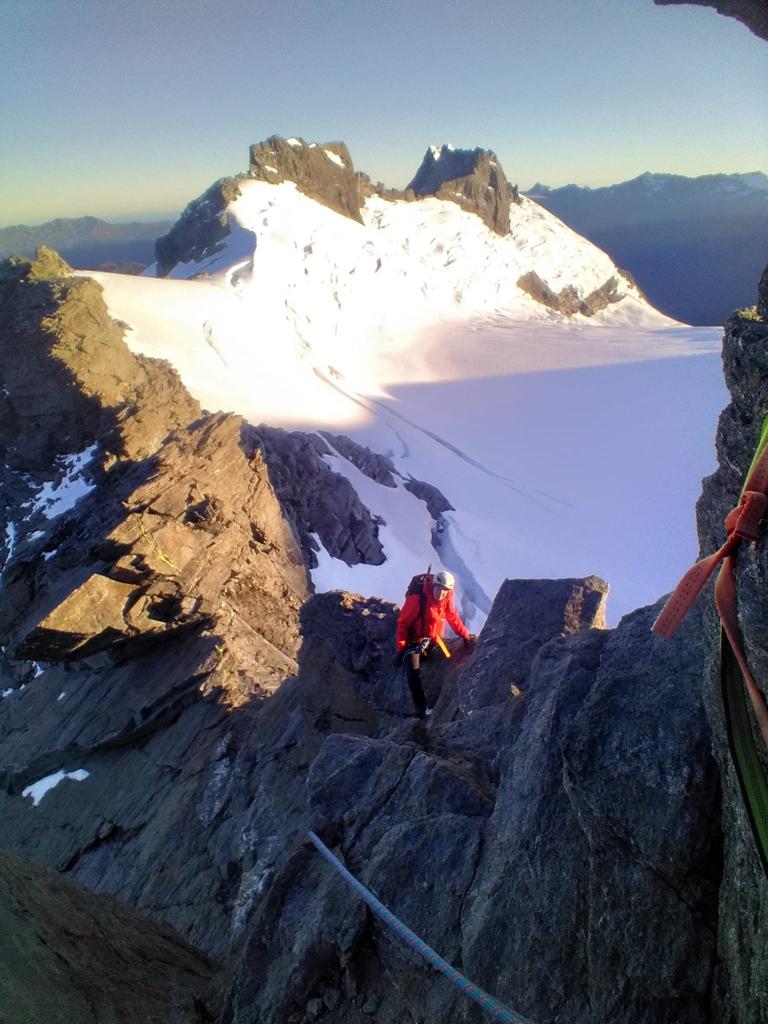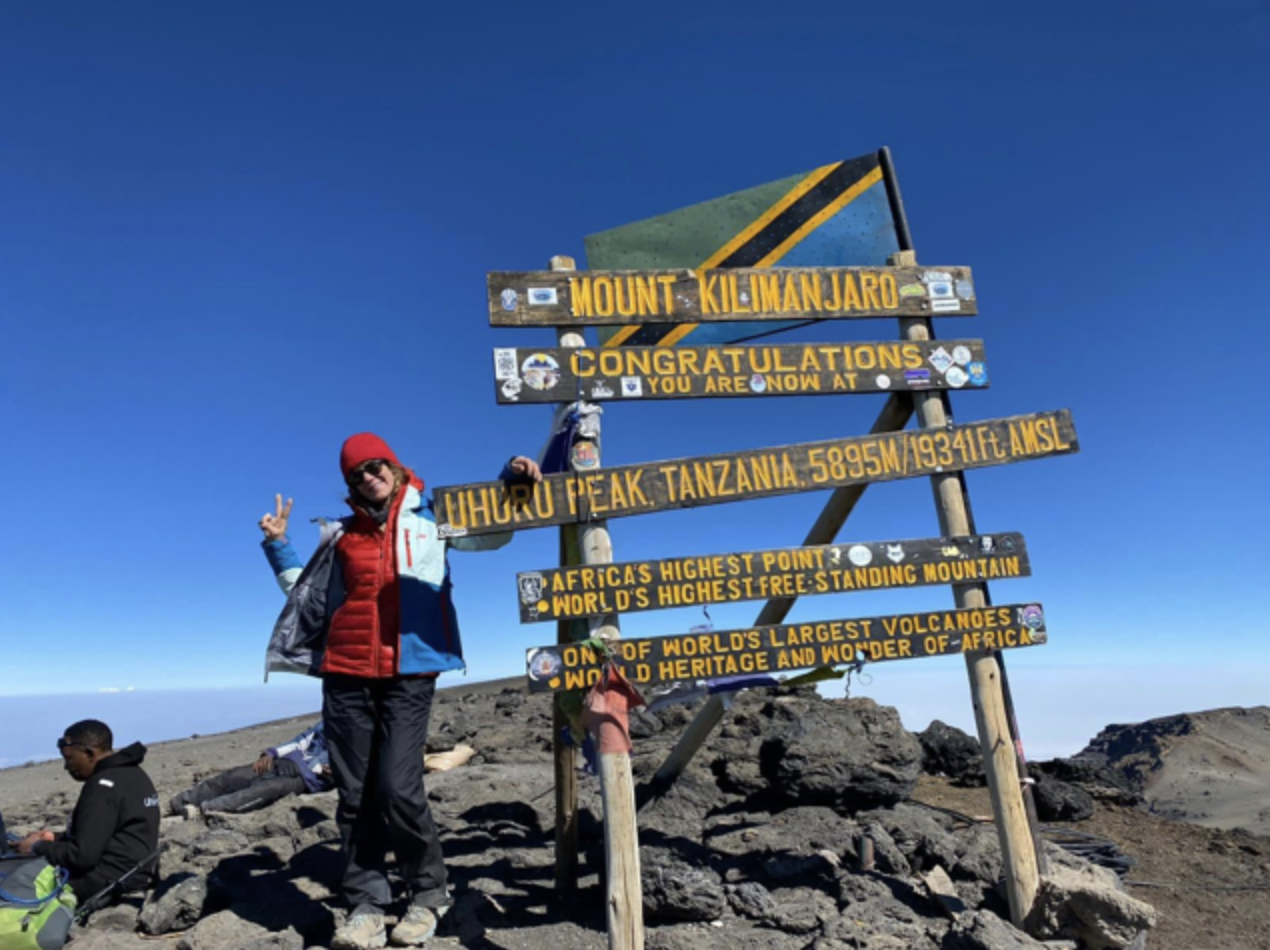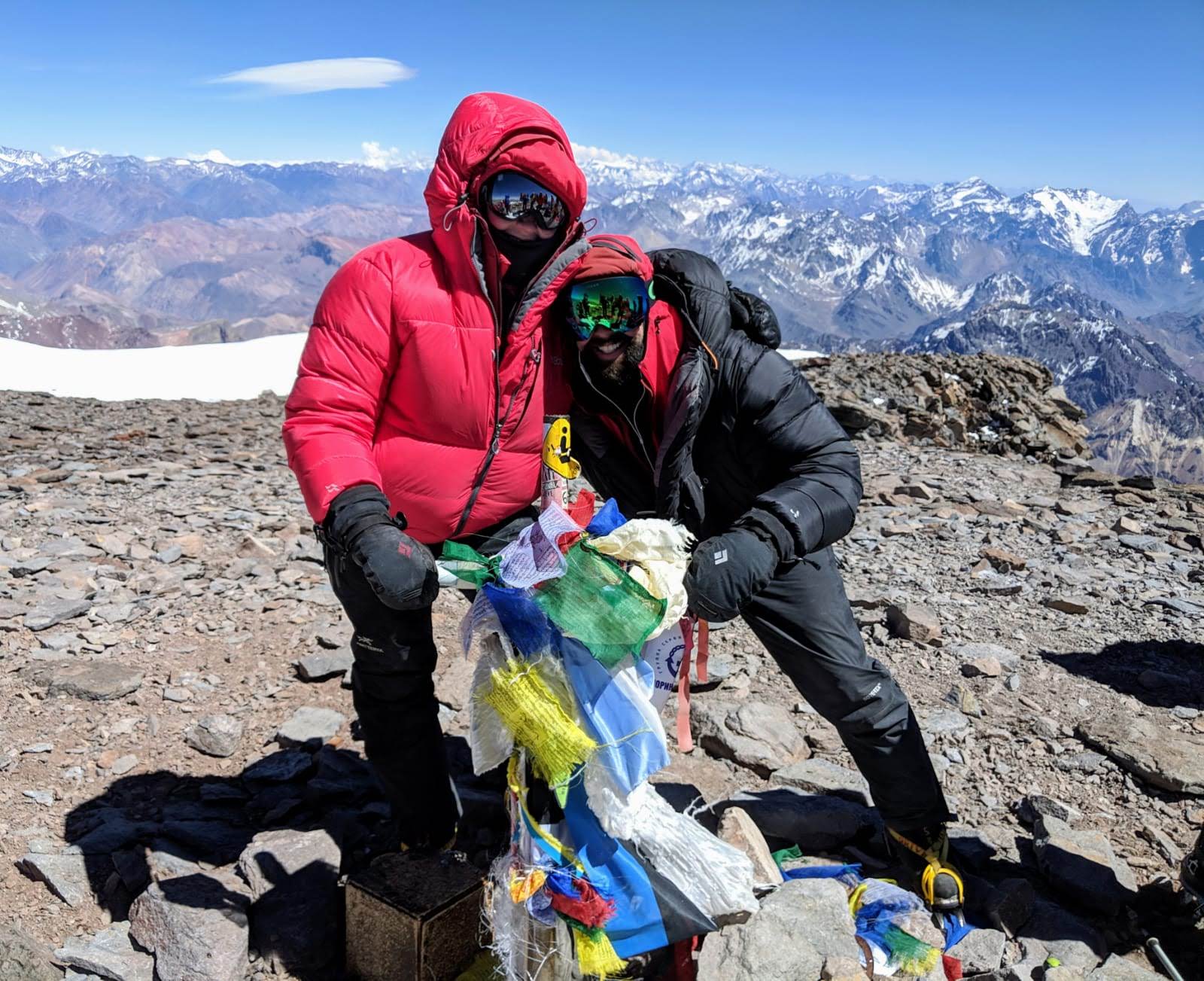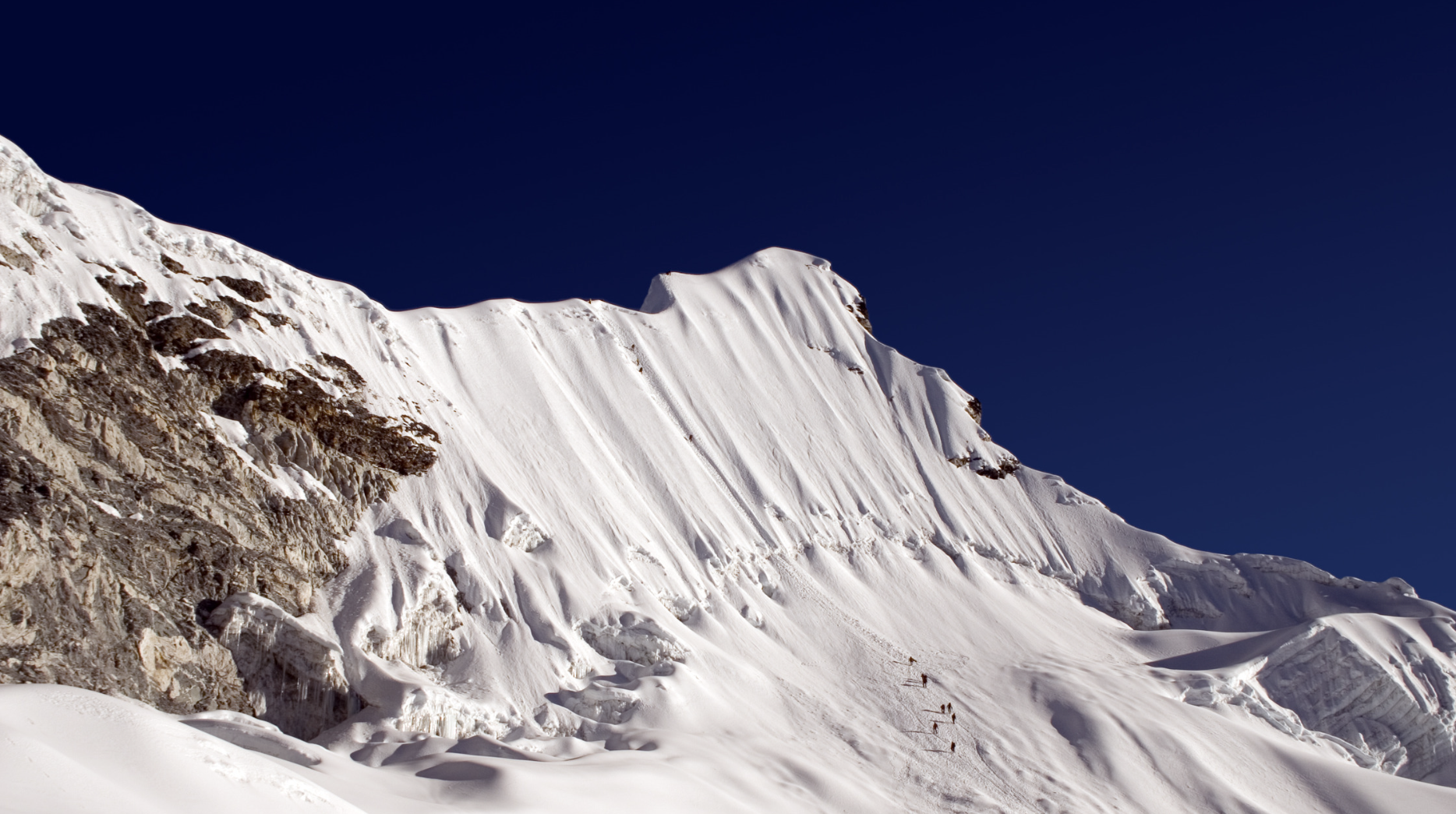Updated: Jun 6, 2020
Clothing for High Altitude is very specific and does require a bit of learning and planning before you go out and start buying things.
The first thing to understand is that you will dress in layers for high altitude adventures. The reason why is because dressing in layers allows you to put on and take off a layer as the weather changes through out the day as well as create a cooling and heat trapping effect depending on the order of your layers.
The second point to understand is what each of those layers consist of so that you can edit your packing list and buy the things you actually need.
So, here is the Critical Five Layering System in order, as you would wear them:
- Base Layer
- Sporting Layer
- Fleece Layer
- Down Layer – synthetic, mid-weight and box-wall down
- Gore-Tex® Layer
1st Layer – Base Layer
This is your first layer, which is closest to your skin and should be a comfortably tight, long sleeved top and leggings. The best and most recommended material for your base layer is merino wool, which comes from Merino sheep. Merino wool is soft, warm, breathable, wicks away moisture and neutralizes odors, making it the perfect base layer for any high altitude adventure.
2nd Layer – Sport Layer
Traditionally, this layer is made up of trekking trousers and a lightweight trekking shirt, both of which are often overpriced considering that you can substitute this layer with what you probably already have in your cupboard. This will be your first or second layer, depending on temperature and wind conditions. If it is warm and not very windy, you could skip your base layer and have your sport layer as your first layer. If it is colder or with a cold wind forecast then you would wear your base layer, followed by this sport layer.
There is no right or wrong gear for this layer; simply wear what you feel comfortable in. I personally feel very comfortable in the same lightweight, breathable leggings that I use when I train at home and a loose short-sleeved shirt made from nylon and/or polyester. Both fabrics are lightweight, stretchable, and breathable and sweat wicking. For men, sport type shorts (with an inner lining of ski pants to prevent chaffing) with a lightweight sport shirt are great for trekking in warm conditions.
3rd Layer – Fleece Layer
For this layer, a standard fleece will do. It does not have to be a brand name mountaineering fleece. The point of a fleece is simply to add another layer to trap warm air.
It is important to have a fleece top and leggings layer, particularly if you are on a cold mountain and expecting frigid temperatures. For example, your summit night layering system would start with your base layer followed by your fleece layer – the sport layer does not add warmth and is generally not used for your summit attempt.
4th Layer – Down Layer
If you haven’t read my blog titled “Down vs Synthetic Down” then now is a good time to. You must understand the difference between the two insulation types in order to make a well informed, educated decision on whats best for your body, your adventure and most importantly, your budget as down jackets tend to be very expensive in comparison to synthetics down jackets.
The down layer is normally your second or third layer and using a synthetic down jacket is advised. You are likely to be sweating because you are working hard to gain altitude and the water resistance of the synthetic down stops the material absorbing your sweat and getting wet.
If you are on a cold mountain or you know you tend to run cold then you will probably need down trousers too. These are usually pure down and not synthetic. They are expensive and are recommended for altitudes above 6,000m. I have climbed Kilimanjaro and Mt Elbrus without down trousers so don’t buy them if you don’t need them as they are too warm for the lower altitudes.
5th Layer – Gore-tex® Layer
In most cases this is your outer most layer. Gore-Tex® is a type of fabric that is waterproof and windproof but not very breathable. When the wind picks up or it starts to rain this is your go-to layer.
You should invest in a Gore-Tex® jacket and trousers. On particularly cold days or nights, this will stop the wind from decreasing your body temperature and will also trap the warm air between your layers. When choosing the Gore-Tex® layer, make sure the jacket has a full frontal zip as well as zips under each arm to allow for ventilation. Your Gore-Tex® trousers should have zips down the side of each leg, again to allow for ventilation.
Gore-Tex® layers tend to be expensive but worth the outlay. You can have the best base, fleece and down layers but if you haven’t got a Gore-Tex® layer to stop the wind from blowing through those breathable materials then you absolutely will get cold and incredibly uncomfortable.





